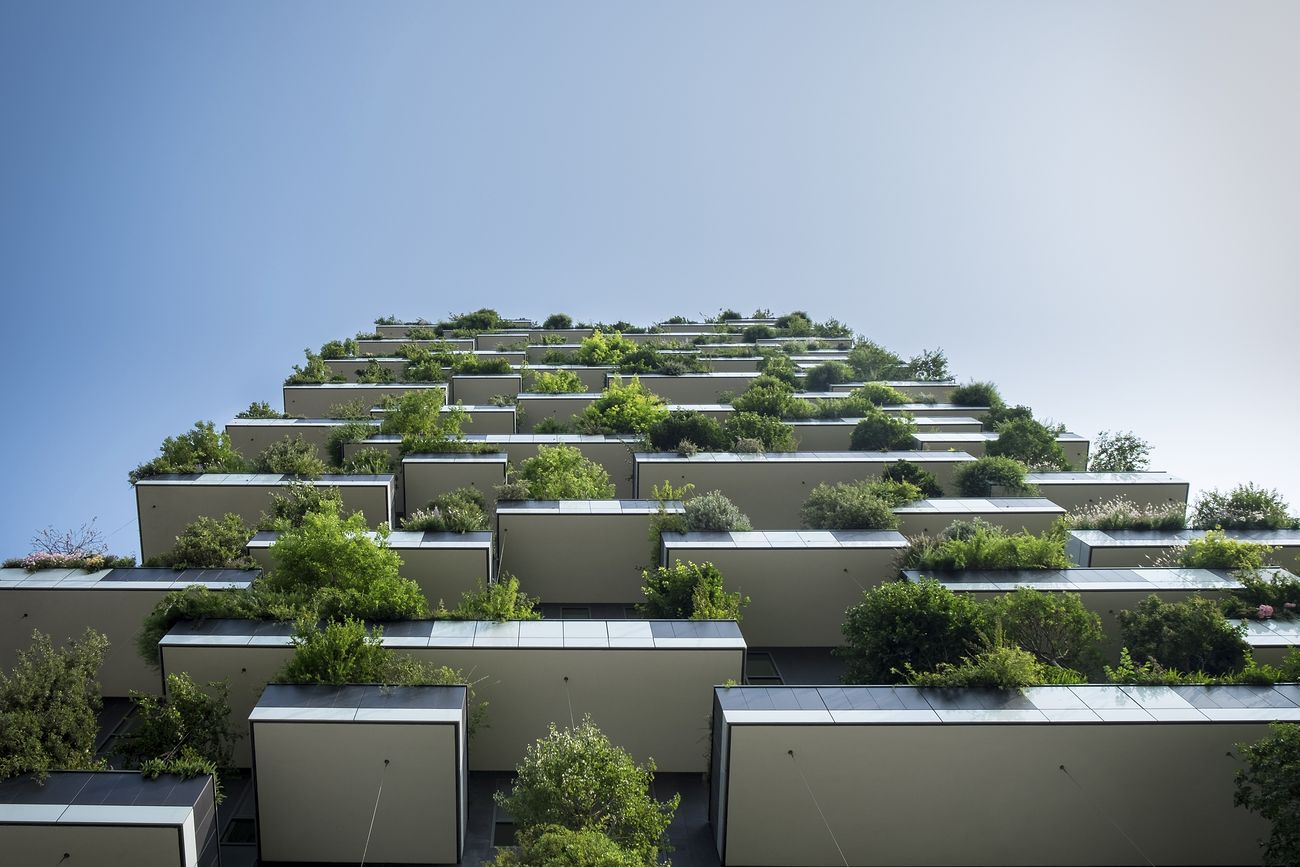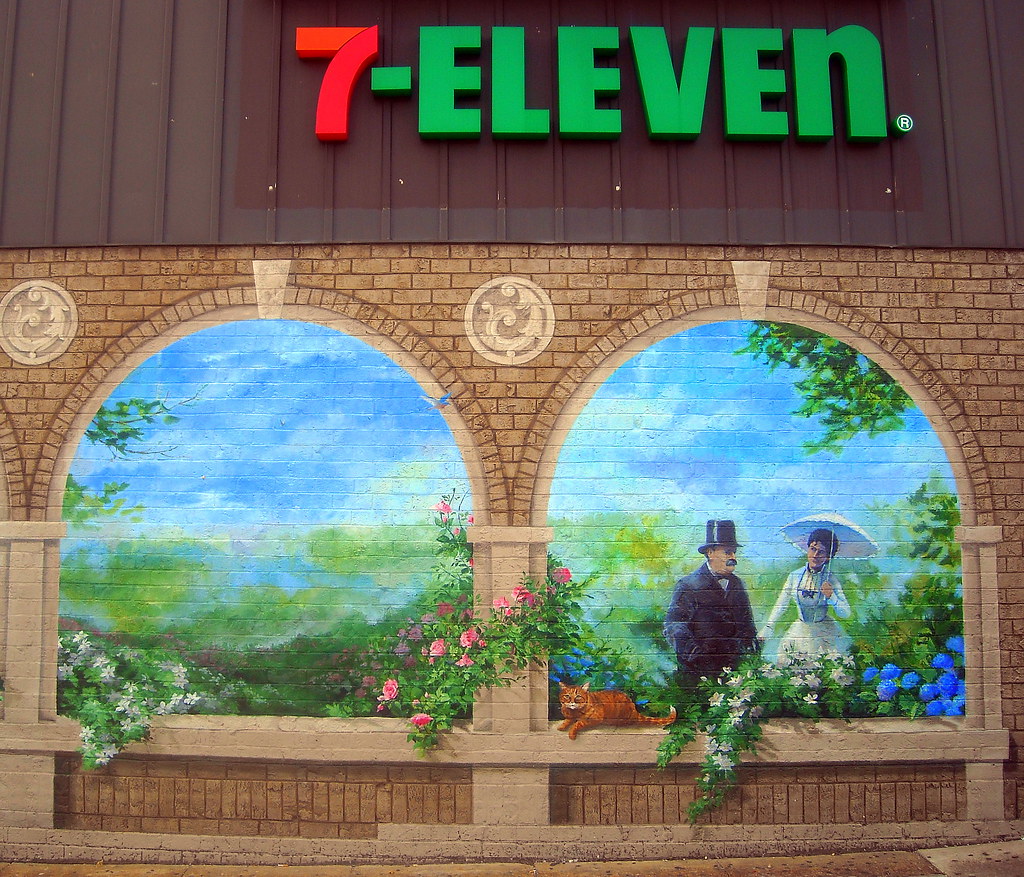
Green buildings are a revolutionary approach to building and design that strive to achieve a balance between human living and the natural environment. Throughout their whole existence, they integrate resource-efficient and ecologically responsible approaches. Reducing adverse effects and maximizing beneficial benefits on the environment and the health of building inhabitants is the main objective of green buildings. The planning, design, construction, operation, and maintenance of green buildings are centered on maximizing the advantages to the environment and occupant health. By placing a high value on indoor space quality and the economical use of water, electricity, and other resources, they also support a healthy built environment.
The building sector is a significant contributor to global carbon dioxide emissions and the consumption of energy, water, and materials, accounting for about 40 percent of energy use in the nation and over one-third of global energy-related greenhouse gas emissions. As the climate crisis looms, the need for green buildings has never been more pressing. The sector offers vast potential for cost-effective improvements, making it a focal point for research and development efforts aimed at reducing resource consumption and enhancing energy efficiency.
The roots of green building concepts date back to the 1960s when ecological architecture was first introduced. The energy crisis of the 1970s stimulated interest in renewable energy sources and more energy-efficient buildings. The introduction of the term “sustainable development” in the 1980s led to the development of various energy-saving systems, which gained traction in developed countries. A pivotal moment occurred in 1990 when the UK introduced the world’s first green building standard, subsequently leading to the establishment of the U.S. Green Building Council in 1993. This organization developed the Leadership in Energy and Environmental Design (LEED) green building rating system, offering a framework for the verification and implementation of green building practices. Today, LEED certification has become globally recognized, setting a high standard for environmental performance in the building sector.

Importance of green buildings
The importance of green buildings cannot be overstated. They directly address significant issues such as energy consumption, resource depletion, and indoor environmental quality. By utilizing innovative technologies and sustainable practices, green buildings help to mitigate adverse impacts on the environment. For instance, some green buildings incorporate renewable energy sources like solar power through photovoltaic panels or passive design strategies that optimize natural light and heating. The concept of daylighting reduces the reliance on artificial lighting, thereby decreasing energy consumption.
In addition to energy efficiency, green buildings also emphasize the integration of vegetation into their design. The use of green roofs allows for better rainwater management, insulation, and urban cooling. Furthermore, rain gardens filter pollutants from stormwater runoff, which helps conserve water and mitigate the strain on local infrastructure. Such strategies demonstrate how green buildings not only contribute to environmental sustainability but also enhance the overall aesthetics of urban landscapes.
The economic benefits of green buildings are substantial. Developers often see increased property values as a result of optimized resource utilization. Buildings designed with green technologies typically exhibit lower operating costs and improved occupancy rates due to their comfort and efficiency. Additionally, the burgeoning green building industry has created numerous jobs, supporting economic growth while improving workplace conditions. Employees in green buildings report enhanced performance, indicating that a healthier work environment positively influences productivity.

Challenges of green buildings
Despite the many advantages, green buildings are not without challenges. One of the most significant hurdles is their initial cost. While the long-term savings associated with lower energy bills and reduced maintenance costs are appealing, the upfront investment for sustainable materials and technologies can be daunting. Many developers struggle to secure funding due to the higher costs and extended construction timelines associated with green projects. Additionally, the variability of renewable energy sources can complicate energy supply management, particularly in locations where natural resources are not consistently available.
The evolution of green buildings is an ongoing process, enhanced by technological advancements and a growing public commitment to sustainability. Recent developments indicate a shift from commercial applications to the residential sector, driven by increasing awareness and regulatory support for energy efficiency. Innovative materials such as self-mending concrete—capable of repairing cracks through biological processes—are emerging, highlighting a trend toward living materials in construction.
As demand for green materials continues to grow, research into advanced building controls is gaining momentum. These systems automate operations such as heating, cooling, and lighting, leading to improved energy efficiency and enhanced integration with clean energy sources. Institutions like the Pacific Northwest National Laboratory (PNNL) are at the forefront of this research, focusing on solid-state lighting, building performance optimization, and developing stringent energy codes that enhance efficiency across various building types.

Green buildings represent a paradigm shift in how we approach construction and environmental stewardship. By prioritizing sustainability and energy efficiency, they present a viable solution to some of the most pressing challenges facing our planet. The development of innovative technologies and materials, along with a growing body of research, promises to propel the green building movement forward, ensuring that these structures will play a vital role in creating a more sustainable and resilient future for generations to come. Through continued investment and commitment to refining practices, the building industry can harness the benefits of green technologies while addressing the initial cost barriers that hinder broader adoption.
Evaluating the costs of green buildings
When evaluating the costs associated with green buildings, it’s essential to consider both the initial investments and the long-term savings they can generate. The high upfront costs of green construction materials and technologies can be a significant barrier for many developers. However, it is crucial to recognize that these costs can be offset over the building’s lifecycle through reduced operating expenses. For instance, energy-efficient systems and sustainable materials often lead to lower utility bills and maintenance costs, contributing to substantial savings over time. This financial aspect is a key consideration for investors and builders who may be hesitant to embrace green building practices due to the initial expenses involved.
Understanding the financial dynamics of green buildings is complex. While the upfront costs can be higher than traditional building methods, various studies have shown that the return on investment can be favorable in the long run. For example, properties that embrace energy-efficient technologies tend to have higher occupancy rates and can command higher rental prices. With growing awareness and concern for environmental impact, tenants are increasingly seeking out spaces that prioritize sustainability. Thus, developers who invest in green construction not only contribute to environmental stewardship but also position themselves advantageously in the competitive real estate market.

The financing landscape for green buildings is evolving, with more financial institutions recognizing the long-term value of sustainable construction. Green financing options, such as green bonds, are becoming more common, allowing developers to fund their projects with lower interest rates or incentives. This shift in financial strategy is crucial in making green building more accessible while also encouraging the broader adoption of sustainable practices in the industry.
On a broader scale, government policies and incentives play a significant role in shaping the financial viability of green buildings. Many local and national governments offer tax credits, grants, and rebates for green building projects, further alleviating the financial burden associated with initial costs. These incentives not only encourage developers to adopt sustainable practices but also highlight the importance of green buildings in achieving broader environmental goals.
In addition to financial costs, the assessment of green buildings must include their economic benefits. The job creation potential within the green building sector is noteworthy. As developers shift towards sustainable practices, new job opportunities emerge in construction, design, and maintenance. The green building industry not only fosters environmental sustainability but also stimulates local economies by creating jobs and encouraging skill development in emerging technologies.

Moreover, green buildings contribute to increased property values. Studies indicate that energy-efficient buildings often have higher market values compared to traditional buildings, making them a worthwhile investment for developers. As public awareness of sustainability continues to grow, properties that incorporate green features are likely to be more appealing to buyers and renters, securing a competitive edge in the market.
Future of green buildings
The future of green buildings is intertwined with advancements in technology and materials. Innovative construction techniques, such as modular building and the use of recycled materials, are gaining traction. These methods not only reduce waste but also decrease construction time and costs, making green buildings more feasible for a wider range of developers. Additionally, as technology continues to evolve, the development of smart buildings that integrate Internet of Things (IoT) devices for energy management and efficiency will likely become more prevalent. This integration can optimize resource usage and enhance the overall performance of green buildings.
As the demand for green buildings rises, so too does the need for comprehensive education and training resources for industry professionals. Understanding the intricacies of green construction and the advantages it offers is vital for architects, builders, and real estate professionals. Educational programs that focus on sustainability practices and technologies will empower more individuals within the industry to make informed decisions and advocate for green building methods.

The discourse surrounding green buildings also emphasizes the need for transparency and accountability in the construction industry. With the growing importance of sustainability, stakeholders are increasingly demanding that developers adhere to standards that promote ethical and responsible construction practices. Certifications, such as LEED, serve as a benchmark for evaluating the sustainability of buildings, providing assurance to investors and tenants alike.
The expenses of green buildings are the result of a complex analysis that takes into account upfront costs, ongoing savings, the economy’s advantages, and the incorporation of novel methods. Adopting green building principles is strongly recommended due to the long-term financial and environmental benefits, even though the initial expenses may be prohibitive. Developers, bankers, and legislators working together will be essential in building a sustainable built environment that puts environmental responsibility and energy efficiency first as the industry develops. Looking ahead, it is clear that green buildings are more than just a fad; they are an essential step toward a more resilient and sustainable built environment that satisfies the demands of people and the environment.
Related posts:
Energy-Efficient Buildings: Investing Pros, Cons
Energy Efficiency in Green Buildings Goes Well Beyond Construction
Location and Green Building





